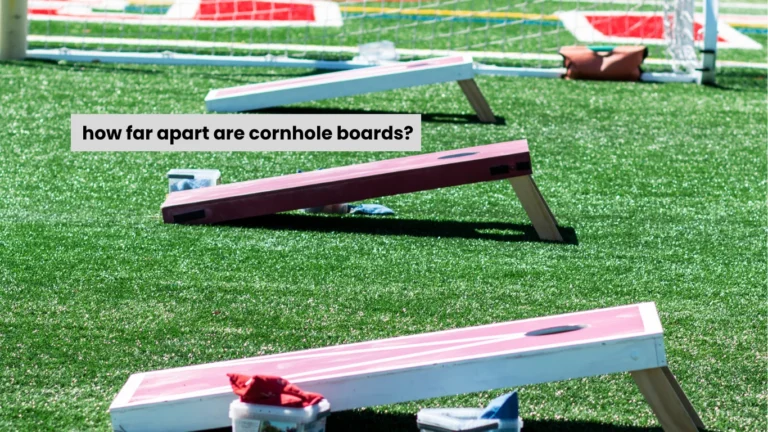Tarjeta Roja: More Than Just a Red Card in Sports
In every sport, there are moments that change the course of a game in an instant. Few symbols capture that shift as powerfully as the tarjeta roja. More than just a piece of plastic, the red card represents discipline, consequences, and drama — whether on the pitch or far beyond it. But the story of the tarjeta roja is not limited to football alone. It carries a fascinating history, a cultural weight, and even an economic impact that fans and players often overlook. Let’s break it down.
Where Did the Tarjeta Roja Come From?
The red card made its debut at the 1970 FIFA World Cup in Mexico, thanks to English referee Ken Aston. A few years earlier, during the 1966 World Cup, communication barriers created chaos when players couldn’t understand disciplinary decisions. Aston realized the need for a universal language in sports. Inspired by traffic lights — yellow for caution, red for stop — he introduced the yellow and red card system. This simple yet brilliant idea revolutionized football and has since been adopted across many other sports, influencing legends of the game such as Cristiano Ronaldo whose career has also seen dramatic red card moments.
What Does a Tarjeta Roja Mean in Football?
In football, a red card means one thing: instant dismissal. When a referee shows it, the player must leave the field, and their team plays the remainder of the match one man short. Common reasons for receiving a tarjeta roja include:
- Serious foul play or violent conduct
- Spitting at an opponent
- Using abusive or offensive language
- Denying a clear goal-scoring opportunity with a foul or handball
- Receiving a second yellow card in the same match
It’s a punishment that not only affects the player but can completely change the momentum of a game.
The Psychological Impact
The fear of a red card influences how players behave. Coaches adjust tactics, teammates become more cautious, and referees often face added pressure after issuing one. For fans, it’s pure theater — a single flash of red can turn a match into an emotional rollercoaster.
Famous Tarjeta Roja Moments
Some of the most unforgettable sports moments are tied to red cards:
- Zinedine Zidane (2006 World Cup Final): His headbutt on Marco Materazzi earned him a red card in his final professional match, overshadowing his legendary career.
- David Beckham (1998 World Cup): A kick at Diego Simeone led to his dismissal, turning him into a national scapegoat back home.
- Luis Suárez (2010 World Cup): A deliberate handball against Ghana saw him sent off, but Uruguay advanced after Ghana missed the penalty — one of the most dramatic moments in modern football.
Beyond Football: Red Cards in Other Sports
While football made it famous, the red card system exists across many sports:
- Rugby: Permanent dismissal, often reviewed with video technology.
- Volleyball: Can result in a lost point or ejection.
- Field Hockey & Handball: Expulsion and disciplinary follow-ups, similar to football.
This shows how the tarjeta roja has become a universal language of discipline.
From Stadiums to Streets: The Cultural Symbolism
The tarjeta roja has crossed into everyday culture. Protesters “show the red card” to corrupt politicians, brands use it in ads to condemn unethical behavior, and hashtags like #TarjetaRoja trend on social media when society demands accountability. It’s no longer just about sport — it’s a symbol of rejection and moral boundaries.
Technology, VAR, and Controversy
With the introduction of VAR (Video Assistant Referee), red card decisions are now reviewed on screens. While VAR increases fairness, it also fuels debates about subjectivity, delays, and inconsistent rulings. In short, even with technology, the tarjeta roja remains as emotional and controversial as ever.
The Financial Side of a Tarjeta Roja
A red card doesn’t just affect the scoreboard. It can mean:
- Fines or contract penalties for players
- Loss of sponsorship opportunities
- Reduced prize money if teams are eliminated early
- Millions lost in high-stakes tournaments like the Champions League or World Cup
In professional football, one tarjeta roja can literally cost a fortune.
How Coaches Prepare for Red Cards

Top managers know that playing with 10 men is part of the game. Their strategies include:
- Training for outnumbered scenarios
- Substituting to rebalance the team
- Rotating aggressive players to avoid risks
A smart coach doesn’t just hope to avoid red cards — they plan around them.
Fans and Their Reactions
Social media explodes whenever a tarjeta roja is shown. Memes, heated debates, and petitions flood platforms within seconds. For some fans it’s outrage, for others relief, but one thing’s certain: no red card ever goes unnoticed.
Eye-Opening Red Card Stats
- The fastest red card in football history was shown just 2 seconds after kickoff.
- Sergio Ramos holds the record for the most red cards in La Liga history.
- Teams with a red card are 73% more likely to lose.
- Red cards occur 25% more often in derby matches.
Numbers don’t lie — a tarjeta roja changes everything.
Conclusion: Why the Tarjeta Roja Still Matters
The tarjeta roja is more than a referee’s tool. It’s a symbol of fairness, discipline, and consequence. From unforgettable moments in sports history to its place in protests and culture, the red card continues to hold meaning beyond the game. It’s simple, universal, and powerful: one flash of red can alter destiny.
FAQs
Q1: Can a tarjeta roja be overturned after the game?
Yes. Disciplinary committees can review decisions and cancel a red card if evidence shows it was unfair.
Q2: How many matches does a player miss after a red card?
It depends. Usually 1–3 games, but violent conduct can mean a longer suspension.
Q3: Can coaches or managers get a tarjeta roja?
Yes, since 2019 referees can show red cards to managers for misconduct on the sidelines.
Q4: Do youth leagues also use red cards?
Yes, though rules are often adapted to focus more on teaching than punishment.
Q5: Does VAR always review red card incidents?
Not always. VAR is used for clear errors, but the final call still belongs to the on-field referee.







